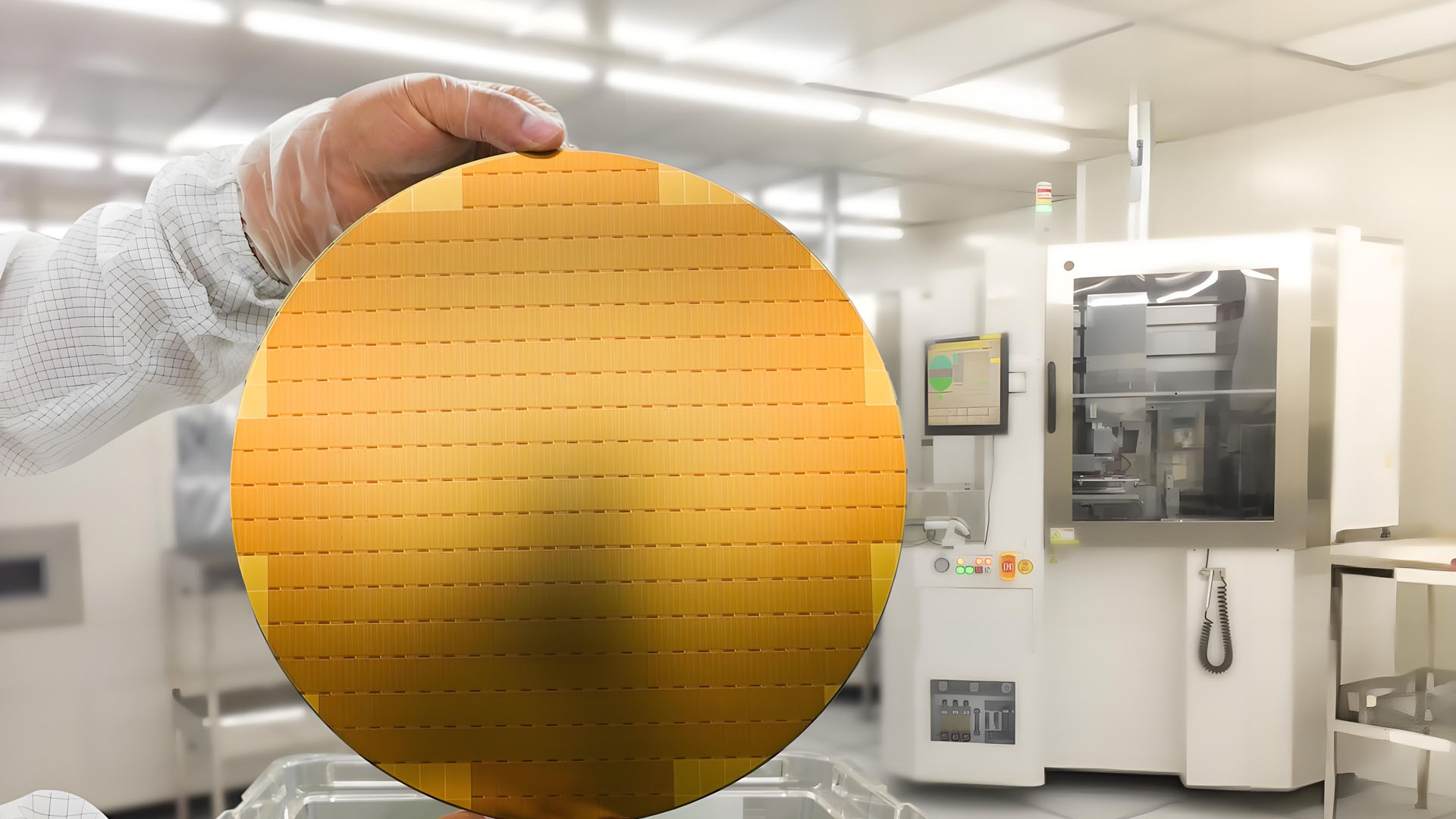NEWS
NEWS
Contact Us
Shenzhen Sail chip Tech Co Ltd
Email: info@sailchip.com
Address: 1608 Century Huidu Xuan, Huaqiangbei, Futian District, Shenzhen
3/4/2025 3:23:56 PM
Complete Analysis of Electronic Components Knowledge: Exploring the Secrets of the Electronic World
(1)Basic principles and functions
Resistors are key components in electronic circuits that control the magnitude of current by obstructing its flow.Ohm's Law(where I represents current,V represents voltage,and R represents resistance)reveals the relationship between resistance and current/voltage.The larger the resistance value,the stronger the hindering effect on the current.In circuits,resistors play an important role in voltage division and current limiting,ensuring the stability and safety of the circuit.
(2)Types and characteristics
Carbon Film Resistor
Carbon film resistor is a common and affordable resistor.It is made by depositing a carbon film on a ceramic tube and has stable performance.This type of resistor is suitable for general electronic circuits,such as radio circuits and toy circuits.Its resistance range is wide,but the accuracy is moderate,suitable for situations where resistance accuracy is not required.
metal film resistor
Compared to carbon film resistors,metal film resistors have higher accuracy and better temperature stability.It uses vacuum evaporation technology to deposit a layer of metal film on a ceramic substrate.Due to its excellent accuracy and stability,metal film resistors are commonly used in circuits that require extremely high resistance stability,such as precision measuring instruments,electronic scales,and high-precision amplifiers.
Wire wound resistor
Wire wound resistors are made by winding resistance wires onto an insulating skeleton.It can withstand high power and is very suitable for circuits that require high currents,such as load resistors in power amplifiers and current limiting resistors in power supply circuits.However,due to the inductance effect caused by its winding structure,the application of wire wound resistors in high-frequency circuits is somewhat limited.
The resistance value is the core parameter of a resistor,measured in ohms.The nominal resistance value of a resistor is usually clearly marked on its casing,but please note that the actual resistance value may deviate from the nominal value due to manufacturing processes and other factors.This deviation range is usually described by precision level.For example,if the accuracy of a resistor is 5%,its actual resistance value may exist within±5%of the nominal value.
Next,let's talk about another important parameter of resistors-rated power.Rated power refers to the maximum power that a resistor can withstand for a long time under normal operating conditions.To prevent the resistor from being damaged due to overheating,it is necessary to ensure that the power consumed during operation does not exceed its rated power.The common rated power specifications include 1/8W,1/4W,1/2W,etc.,and the selection should be based on the actual power requirements in the circuit.
Resistors are key components in electronic circuits that control the magnitude of current by obstructing its flow.Ohm's Law(where I represents current,V represents voltage,and R represents resistance)reveals the relationship between resistance and current/voltage.The larger the resistance value,the stronger the hindering effect on the current.In circuits,resistors play an important role in voltage division and current limiting,ensuring the stability and safety of the circuit.
(2)Types and characteristics
Carbon Film Resistor
Carbon film resistor is a common and affordable resistor.It is made by depositing a carbon film on a ceramic tube and has stable performance.This type of resistor is suitable for general electronic circuits,such as radio circuits and toy circuits.Its resistance range is wide,but the accuracy is moderate,suitable for situations where resistance accuracy is not required.
metal film resistor
Compared to carbon film resistors,metal film resistors have higher accuracy and better temperature stability.It uses vacuum evaporation technology to deposit a layer of metal film on a ceramic substrate.Due to its excellent accuracy and stability,metal film resistors are commonly used in circuits that require extremely high resistance stability,such as precision measuring instruments,electronic scales,and high-precision amplifiers.
Wire wound resistor
Wire wound resistors are made by winding resistance wires onto an insulating skeleton.It can withstand high power and is very suitable for circuits that require high currents,such as load resistors in power amplifiers and current limiting resistors in power supply circuits.However,due to the inductance effect caused by its winding structure,the application of wire wound resistors in high-frequency circuits is somewhat limited.
The resistance value is the core parameter of a resistor,measured in ohms.The nominal resistance value of a resistor is usually clearly marked on its casing,but please note that the actual resistance value may deviate from the nominal value due to manufacturing processes and other factors.This deviation range is usually described by precision level.For example,if the accuracy of a resistor is 5%,its actual resistance value may exist within±5%of the nominal value.
Next,let's talk about another important parameter of resistors-rated power.Rated power refers to the maximum power that a resistor can withstand for a long time under normal operating conditions.To prevent the resistor from being damaged due to overheating,it is necessary to ensure that the power consumed during operation does not exceed its rated power.The common rated power specifications include 1/8W,1/4W,1/2W,etc.,and the selection should be based on the actual power requirements in the circuit.





